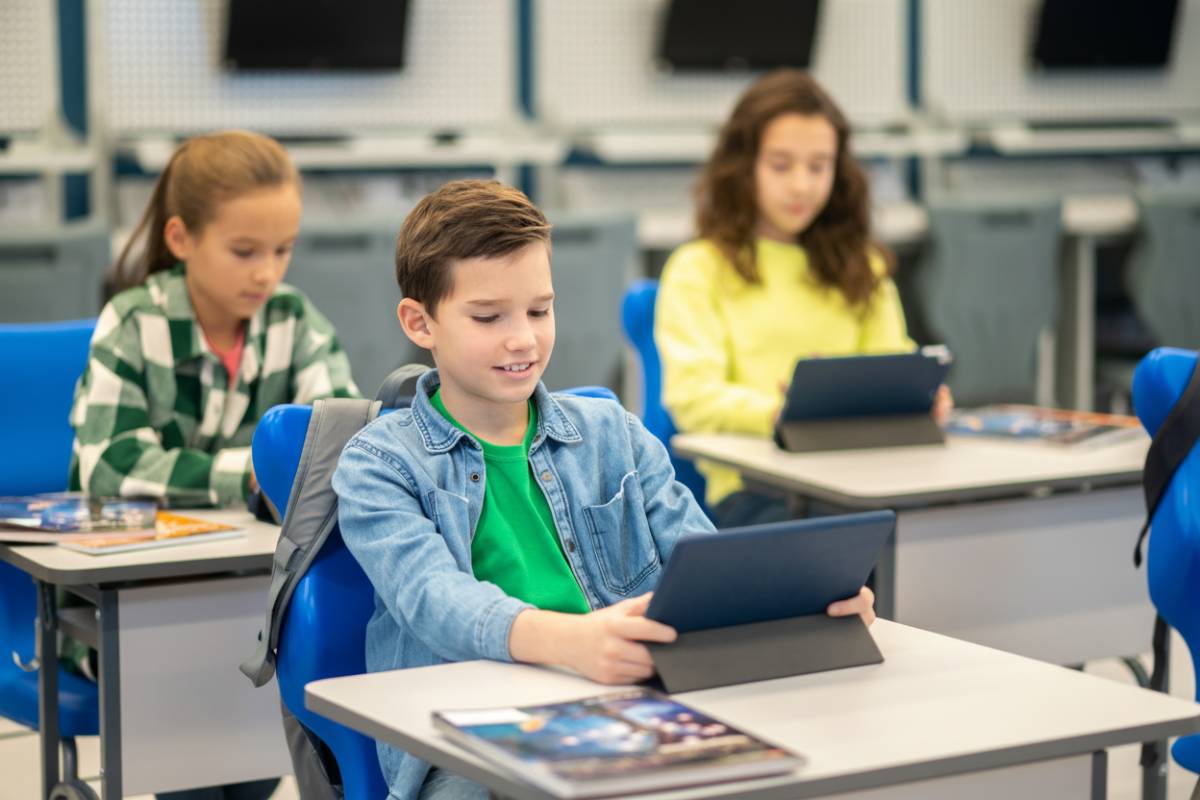We live in an era where technology is part of everyday life. As parents, we have seen how our children learn to use tablets and phones even before they tie their shoelaces. This change has been radical in human behavior, and it has also reached the classrooms.
This advance promises to modernize education and connect our children with global knowledge; however, it also fills us with important questions, such as how beneficial it is, how much it can distract them, or simply whether the educational system is prepared for this type of learning.
The reality of the matter is that the use of technology in the classroom is neither good nor bad. It all depends on the how, when, and what for. From a psychological perspective, understanding this phenomenon involves looking beyond the screens and entering the emotional, cognitive, and social world of our children.
Neuroscience has shown that a developing child’s brain needs multisensory experiences, movement, social interaction, and emotional challenges to develop holistically. Although technology can offer simulations or visually attractive content, if it is not used with pedagogical intent, it can reduce the educational experience to a passive activity, which can be a problem because children at early ages learn better through human interaction.
One of the great current challenges is attention. We live in an era of notifications, immediacy, and constant stimuli, and our children’s brains are being shaped by this behavior. Some educators have seen how difficult it is to maintain concentration on a single task.
One of the most powerful functions of the classroom is the human connection with teachers, classmates, or friends at school, and technology should not replace that, but complement it. When a child feels seen, heard, and understood, their brain opens up to learning.
Psychology reminds us that children learn best when they are emotionally connected. Therefore, any technological implementation should ensure that the child continues to feel that connection and does not become just another user within an automated system.
The classroom is a space where many aspects are educated, and the use of technology can be an opportunity to talk about digital respect, time management, how to handle frustration when something doesn’t load or work, and how to take care of oneself emotionally in digital environments.
Our most powerful tool is not to control, but to accompany. Psychology insists on the importance of dialogue: talking with our children, taking an interest in what they do in class, not from judgment, but from curiosity. Ask them what they like, what frustrates them, and how they feel when they use technology in the classroom.
The use of technology in the classroom is here to stay. But as parents, we should not feel powerless or excluded from that process. Our role is not to control every click our children make, but to help them integrate that digital world into their development in a healthy, critical, and emotionally connected way.
It is not about being in favor of or against technology. It is about asking the right questions, observing our children with empathy, and being an active part of how they learn, feel, and relate to an increasingly digitized world.
The key is balance: technology with purpose, present emotions, and sustaining connections. Because at the end of the day, what a child needs most to learn… is not a screen, it is to feel accompanied.





